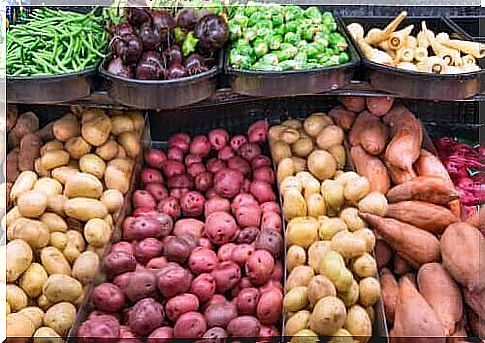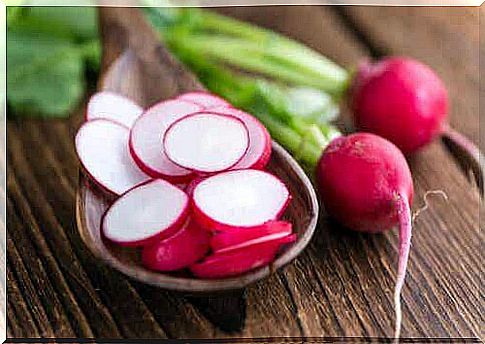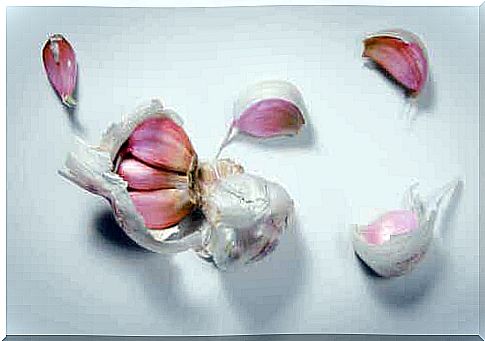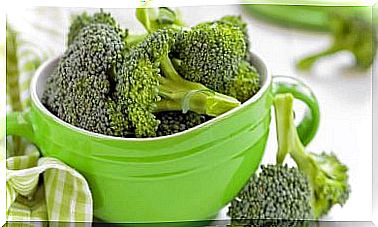The Difference Between Tubers, Root Crops And Onions

Today’s article will explain the difference between tubers, root crops and bulbs.
You’ve probably eaten potatoes, onions, beets, carrots and sweet potatoes at some point, and you already know that they all grow underground. But are you aware of the many vegetables that grow this way? Did you know that they are full of nutrients?
Tubers, root crops and bulbs grow underground and produce delicious, nutritious food. However, there are several differences in structure and cultivation. First, they are all vegetables.
The main difference between them is how the underground part develops to collect nutrients. It can be a stalk when it comes to tubers and bulbs or a root in root crops.
In addition, the tuber, root growth and bulb usually have different shapes. Bulbs are more round, root crops elongate and the tubers are not uniform. They are quite similar, so people often confuse the classification.
Tubers
These are the thick stems of certain plants, and their function is to collect nutrients, water and energy for the plant. An article from the Universidad Mayor de San Andrés in Bolivia says that the site of tuber domestication was the central Andes.
This may be why they are so popular in countries like Peru, Bolivia, Ecuador and Colombia. Yet many of them are now scattered throughout the world. Potatoes, for example.
Underground vegetables are usually rich in complex carbohydrates, water and fiber. They do not contain cholesterol and you need to prepare them to digest them properly.
Similarly, their contribution of minerals such as potassium, iron, vitamin A and vitamin C is unique. Their main characteristic is versatility, which makes it possible to use them in all kinds of dishes, boiled, mashed, fried, fried and even as flour.
Examples of tubers in the garden and kitchen
Tubers are very nutritious foods that can be part of a balanced diet. In addition, they are usually cheap and easy to find. There is a large variety of them although most of them are quite unknown such as Oxalis tuberosa and Ullucus tuberous .
- Potatoes are popular all over the world and are in fourth place in the production of corn, rice and wheat. According to the International Potato Center, there are more than 4,000 varieties of potatoes, with different shades, sizes and flavors. It is quite versatile and great in many recipes. In addition, it can be grown under different conditions.
- A turnip is a pink tuber that resembles an apple. It is popular in Europe and the leaves are also edible. In addition, it is rich in potassium, fiber and vitamin C.
- A radish is a vegetable of the cruciferous family and native to China, but adapts well to different climates and is also cold-resistant. It ripens quickly and is easy to grow in gardens. It also has medicinal properties.

Root crops
These are thick roots that form an organ for storing nutrients. They are usually native to tropical regions. However, they are now popular all over the world due to their delicious taste and easy growth.
Examples of root crops in the garden and kitchen
Root crops are the most common type of vegetable that grows underground. They grow among other thinner roots that help them obtain water and nutrients. In addition , they can survive for a long time underground, even if the outer part of the plant breaks down.
The most common root crops:
- Cassava or cassava is an important source of carbohydrates for many people, especially in Africa, America and Asia. Furthermore, it is native to tropical climates. The shell is also brown and the entrails white, as they contain a lot of starch. The two most popular varieties are sweet and bitter yucca.
- Jams are the most popular root in the world after cassava. People usually use it in Asian, African and South American countries. It usually grows in tropical areas and has broken shells. People eat the white mass and the vegetable is rich in starch. You can keep them for up to six months.
- Carrots are popular vegetables that belong to the classification of root crops with a high beta-carotene content – good for visual and skin health. The most common are orange, but there are also purple, red and yellow varieties. In addition, they are easy to grow in gardens, and it takes about three months to harvest.
- Sweet potatoes are native to South America. There are different varieties that vary between white, orange, red, purple and yellow. Their taste is a little sweet, hence the name. They have a high content of vitamin C, starch, vitamin A and potassium, and thus their many nutritional properties. Finally, you can also eat their sprouts.
- Arracacca, also known as Creole celery or white carrot, is a root with a slightly sweet taste. It is white or yellow and contains starch. It is also popular in South America and due to its high energy content, very nutritious. This is why nutritionists do not recommend it for obese people.
- Beets are very nutritious and popular. They come in different colors, but the most famous has an intense red color. Their taste is earthy and sweet due to the high sugar content. The sugar industry actually uses them to produce this substance.
Onion
An onion is a thick stem of the plant that grows underground and acts as a nutrient storage organ. They are usually round or oval and pointed at the top. Most onions have layers that protect them.
Examples of onions in the garden and kitchen
The main characteristic of onions is that they stay healthy for long periods. Medicine has been exploring their many properties for a while, especially those of garlic and onions.
- Kepal onion is a basic onion in the world’s cuisine that gives flavor to different recipes. You can eat them cooked or raw. In addition, they are rich in vitamins, minerals and antioxidants. The best part is that they are easy to grow in small gardens.
- Garlic is often used as a spice. The onion is known as a head and contains many edible fats. The main characteristic is a strong odor caused by the sulfur content.
- Fennel has medicinal properties that people have used for a long time. All parts have a function in traditional medicine.

Tubers, root crops and bulbs… and rhizomes!
Unlike the tuber, root growth and bulb, the rhizome has a structure that grows horizontally underground, which also accumulates nutrients. In contrast, tubers, root crops and bulbs grow vertically.
Rootstocks grow sideways and fold out several buds as the roots grow downwards and sprout with shoots upwards. Thus, they multiply rapidly.
Some examples:
- Turmeric is native to India and the most important ingredient in curry. The main characteristic is the yellow color, which people use as food dyes. You paint and dry the rhizome to pulverize it. It has several medicinal properties.
- Ginger is valued for its pleasant aroma and spicy taste and has anti-inflammatory properties.
Tubers, root crops and bulbs also have ornamental plants
Now that you know the difference between rhizomes, tubers, root crops and bulbs and their use in the kitchen and garden, you should know that some of them are also decorative. The most famous are tulips, dahlias, lilies, daffodils, lilies and gladiolus.
So what are you waiting for? Add them to your diet and your garden today!









